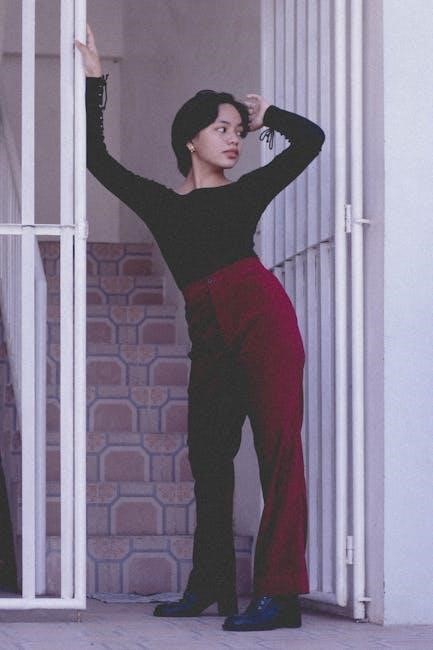
-
By:
- ruby
- No comment
long short stitch tutorial
The long and short stitch is a foundational embroidery technique used to create realistic, detailed designs. It’s versatile, ideal for shading and intricate patterns, making it popular among embroiderers.
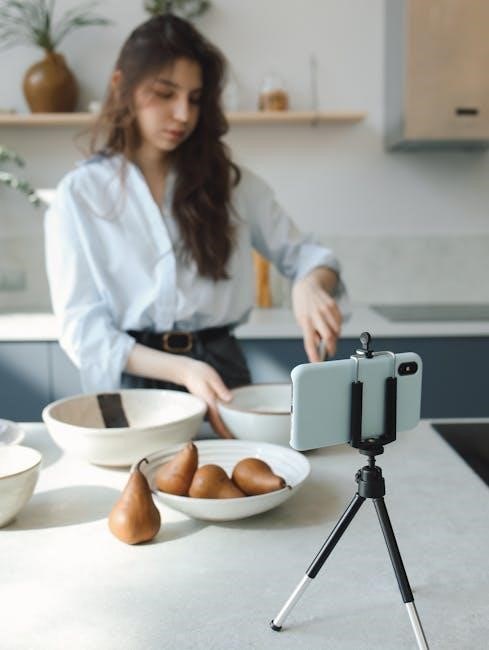
What is the Long and Short Stitch?
The long and short stitch is a versatile embroidery technique used to create detailed, realistic designs. It involves working straight stitches of varying lengths close together to fill areas smoothly. This method allows for subtle color blending and texture, making it ideal for shading and intricate patterns. Often referred to as “thread-painting” or “needle-painting,” it mimics the effect of brushstrokes in art. The stitches are typically worked in rows, with the first row laying the foundation and subsequent rows blending colors. By staggering stitch lengths, embroiderers can achieve a natural, gradient-like effect. This technique is especially popular in silk shading and art needlework, requiring patience and practice to master.
Importance of the Long and Short Stitch in Embroidery
The long and short stitch holds a significant place in embroidery due to its versatility and ability to create intricate, realistic designs. It is a fundamental technique for achieving smooth color gradations and texture, making it essential for projects requiring depth and detail. This stitch is particularly valued in silk shading and thread-painting, where it mimics the effect of brushstrokes. Its ability to blend colors seamlessly allows embroiderers to create lifelike imagery, from florals to portraits. Mastery of this stitch enhances one’s embroidery skills, enabling the creation of complex, visually striking designs. It is a cornerstone of artistic embroidery, offering endless possibilities for creative expression and precision.
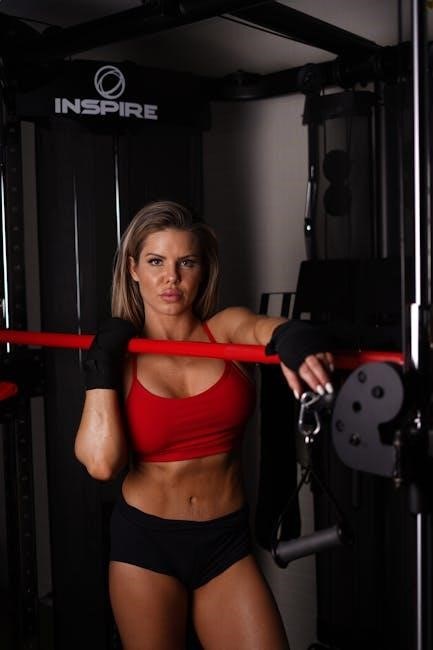
Basic Materials Needed for the Long and Short Stitch
An embroidery hoop, fabric, embroidery floss, a fine needle, scissors, and stabilizing material are essential for a smooth stitching experience, ensuring proper tension and control.
Essential Tools and Supplies
To master the long and short stitch, gather a few key tools. A sturdy embroidery hoop ensures fabric tension, while sharp, fine-tipped scissors help cut threads precisely. Use a high-quality embroidery needle, ideally a tapestry or sharps needle, for smooth stitching. Fabric choice is crucial; opt for even-weave materials like cotton or linen. Embroidery floss is the primary thread, offering vibrant colors and texture. Stabilizing materials like interfacing can prevent fabric distortion. A stitch sampler or pattern guide is invaluable for practice and technique refinement. These tools collectively enable precise control and artistic expression, making the stitching process both efficient and enjoyable for embroiderers of all skill levels.
Choosing the Right Fabric and Thread
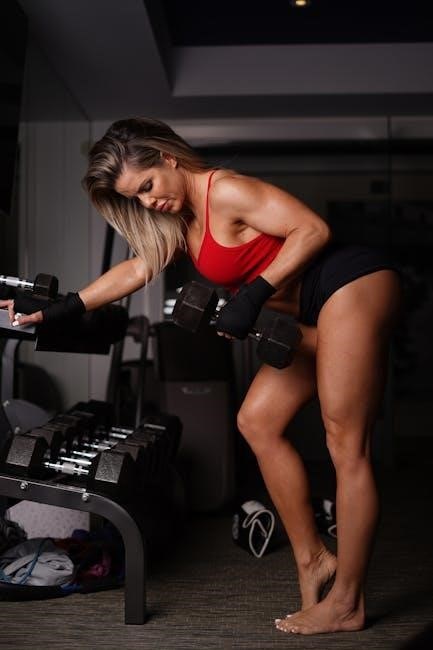
Selecting the appropriate fabric and thread is vital for achieving smooth, even stitches in the long and short stitch technique. Opt for high-quality, even-weave fabrics like cotton, linen, or aida cloth, as they provide a stable surface for stitching. Avoid loose-weave fabrics, as they can cause threads to loop or snag. Embroidery floss or stranded cotton thread is ideal due to its vibrant colors and texture. Match the thread weight to your fabric to ensure stitches lie flat and even. For intricate designs, use a single strand of floss for finer details or multiple strands for bolder effects. Always coordinate thread colors with your fabric to enhance visual appeal and create seamless blends in your embroidery work.
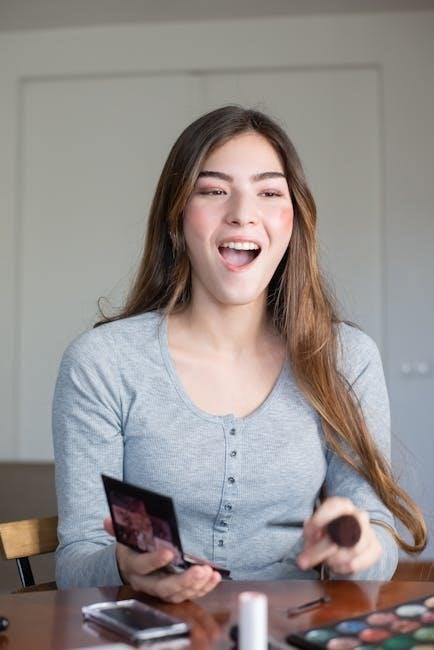
How to Work the Long and Short Stitch
Begin by laying the foundation with straight stitches, then build up layers, blending colors and varying stitch lengths to achieve a natural, detailed appearance in your embroidery.
First Row: Laying the Foundation
The first row of the long and short stitch is crucial for setting the foundation of your design. Begin by working straight stitches inside your shape, ensuring they are evenly spaced and aligned. Start near the edge of your design, bringing the needle up inside the shape and inserting it back into the fabric just beyond the split stitch outline. Keep the stitches consistent in length for this initial row to create a smooth base. This row should be worked in a single direction, either from top to bottom or side to side, depending on the shape. It’s important to maintain tension to prevent puckering and ensure the fabric remains taut. This foundational row will guide the placement of subsequent stitches, making it easier to blend colors and achieve a natural gradient effect in later rows. By carefully laying this first layer, you establish a solid starting point for building up your design with precision and detail.
Second Row: Building and Blending Colors
The second row is where you begin to build dimension and blend colors. Start by working shorter stitches, approximately 1/8 inch in length, directly above or alongside the first row. Vary the stitch lengths slightly to create a natural gradient effect. For example, use shorter stitches near the top and gradually increase the length as you move downward. Stagger the stitches so they fit snugly between those of the first row, ensuring no gaps are left. This technique allows colors to merge seamlessly, creating a soft, realistic appearance. Continue this process, adjusting stitch lengths and colors as needed to achieve the desired shading and depth. Use a single strand of embroidery floss for finer control and even tension, ensuring the fabric remains smooth and un puckered. This step is critical for creating lifelike textures and transitions in your design.
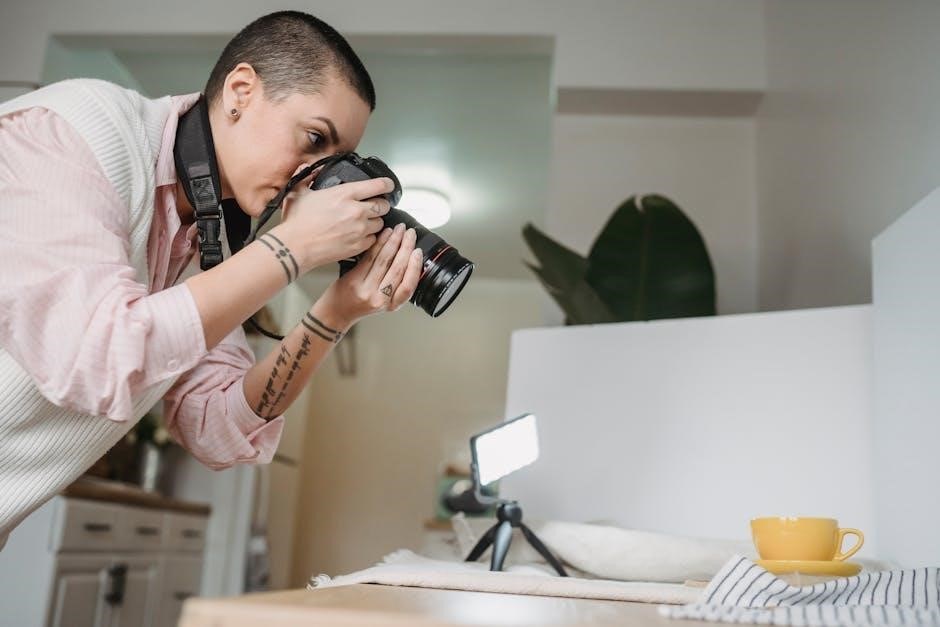
Tips and Tricks for Mastering the Long and Short Stitch
Master the long and short stitch by practicing stitch length variation and placement. Use diagrams for guidance and stagger stitches to blend colors smoothly for realistic results.
Stitch Length Variation and Placement
Stitch length variation and placement are crucial for achieving realistic effects in the long and short stitch. Varying stitch lengths creates depth and dimension, while strategic placement ensures smooth color transitions. Start with longer stitches in areas requiring less detail and shorter ones for finer details. Staggering stitch lengths between rows helps blend colors seamlessly. Pay attention to the direction of your stitches to follow the natural curves of your design. Proper placement prevents gaps and ensures coverage, making your embroidery look professional. Regular practice will help you master these techniques, enhancing your overall embroidery skills and the visual appeal of your work.
Using Diagrams and Practice for Improvement
Diagrams and consistent practice are essential for mastering the long and short stitch. Visual guides help embroiderers understand stitch placement and length variation. Step-by-step tutorials and detailed patterns provide clear instructions. Practicing regularly allows embroiderers to refine their technique and achieve smooth color transitions. Over time, this dedication leads to noticeable improvement in stitch quality and design realism. Many embroiderers find success by following diagrams and dedicating time to practice, ultimately enhancing their embroidery skills and creating beautiful, professional-looking pieces.

Applications of the Long and Short Stitch in Projects
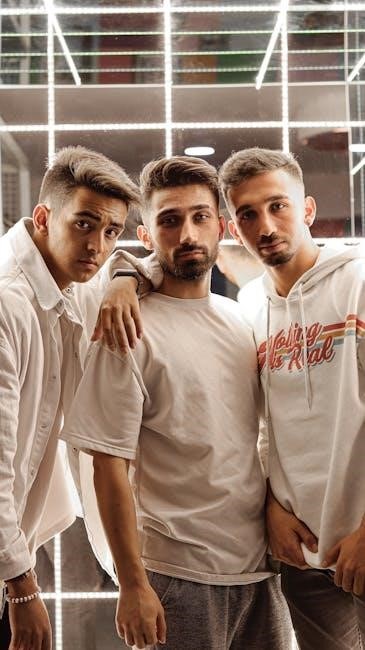
The long and short stitch is ideal for creating realistic designs, such as portraits, flowers, and landscapes. It excels in thread-painting and blending colors for lifelike imagery.
Creating Realistic and Detailed Designs
The long and short stitch is renowned for its ability to create lifelike imagery. By varying stitch lengths and colors, embroiderers can achieve smooth transitions and depth. This technique is particularly effective for detailed subjects such as faces, animals, and botanicals. The gradual blending of hues mimics natural shading, allowing for intricate, three-dimensional effects. With precise placement and layering, even complex designs become achievable. This method is especially prized in thread-painting and silk shading, where artistic expression meets technical skill. It’s a versatile tool for any embroiderer aiming to bring their designs to life with realism and precision.
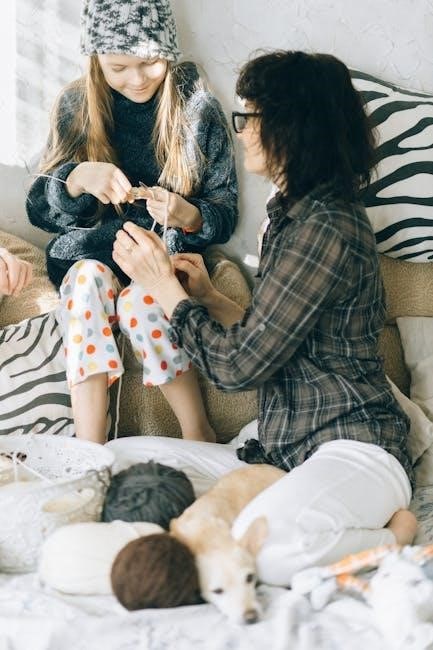
Combining with Other Stitches for Complex Patterns
The long and short stitch can be beautifully combined with other embroidery stitches to create intricate and multi-dimensional designs. For instance, pairing it with satin stitch for backgrounds or French knots for fine details enhances visual interest. The stem stitch can outline shapes, while the running stitch adds subtle texture. This blending allows embroiderers to craft complex patterns that showcase depth and variety. By layering stitches strategically, artists can achieve dynamic compositions. Varying stitch lengths and directions further enriches the design. This versatility makes the long and short stitch a cornerstone in advanced embroidery projects, enabling the creation of elaborate and visually stunning works.